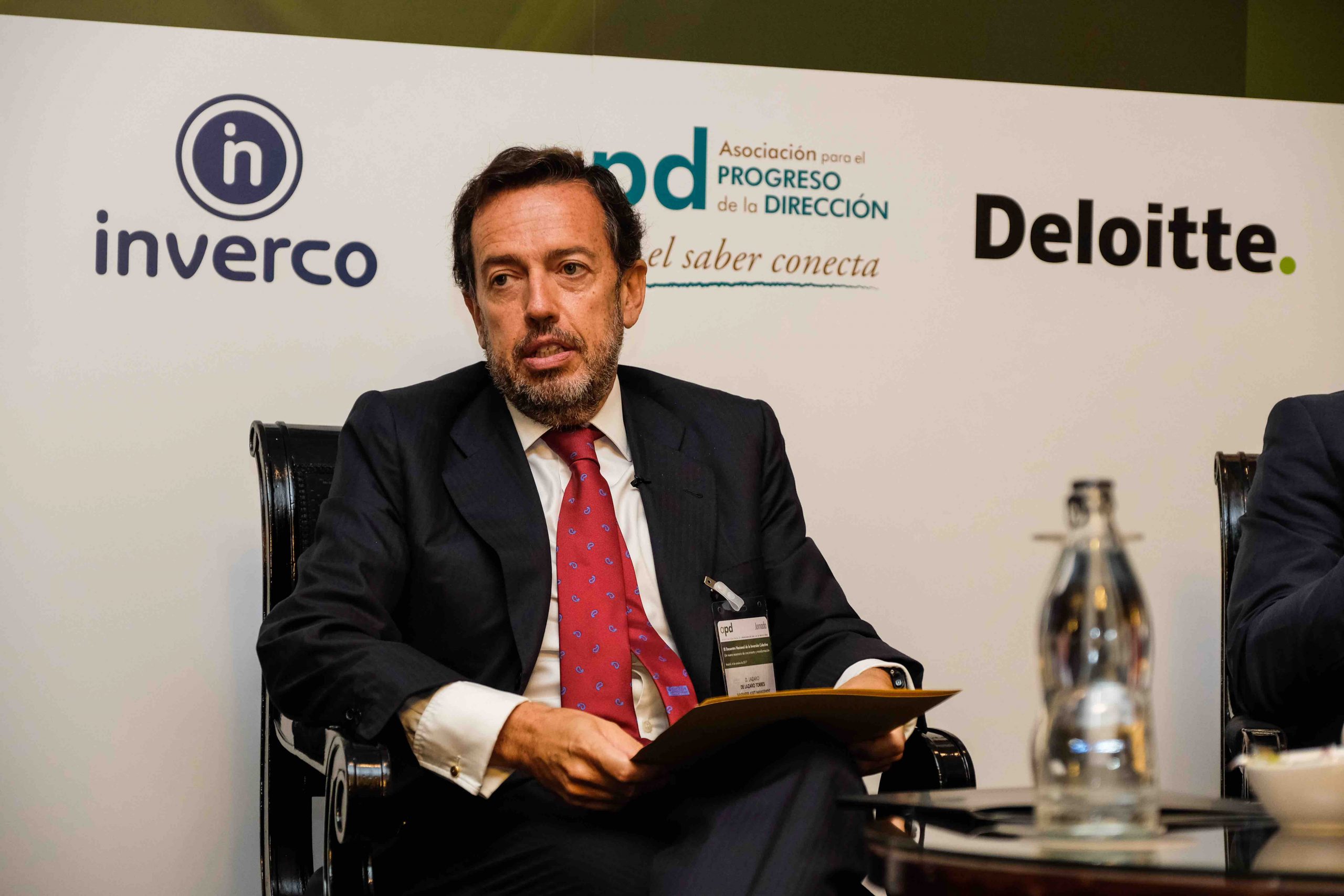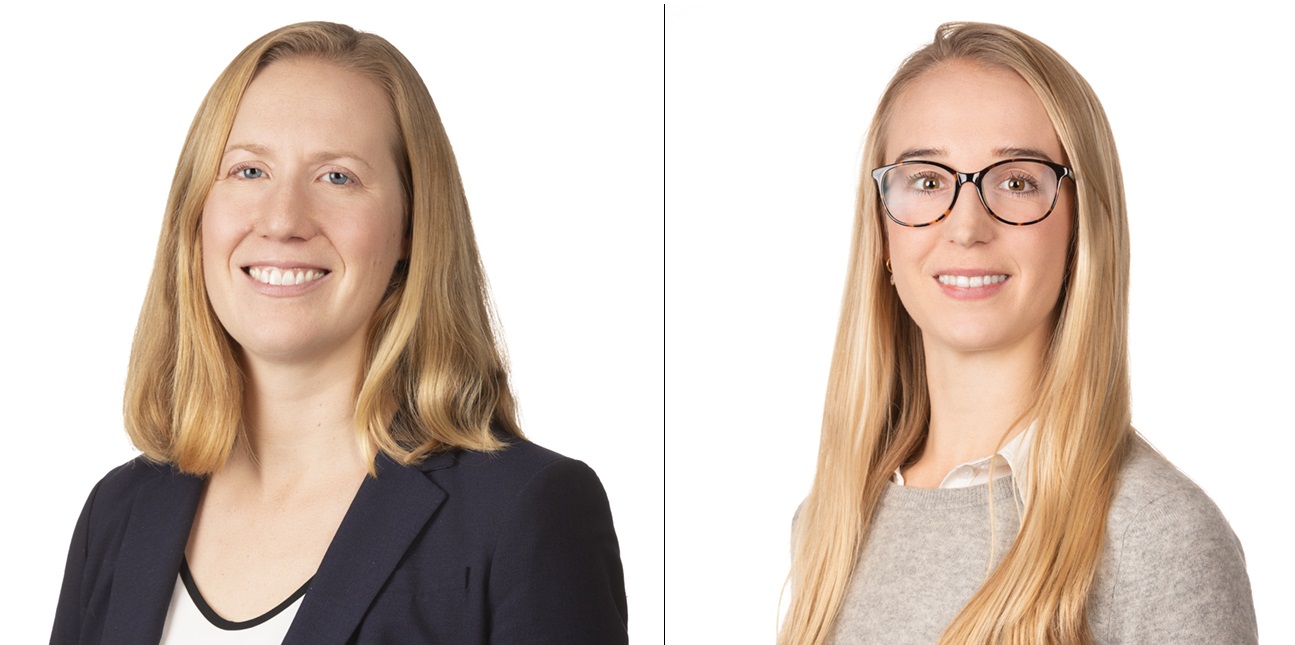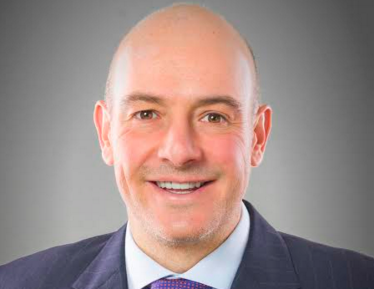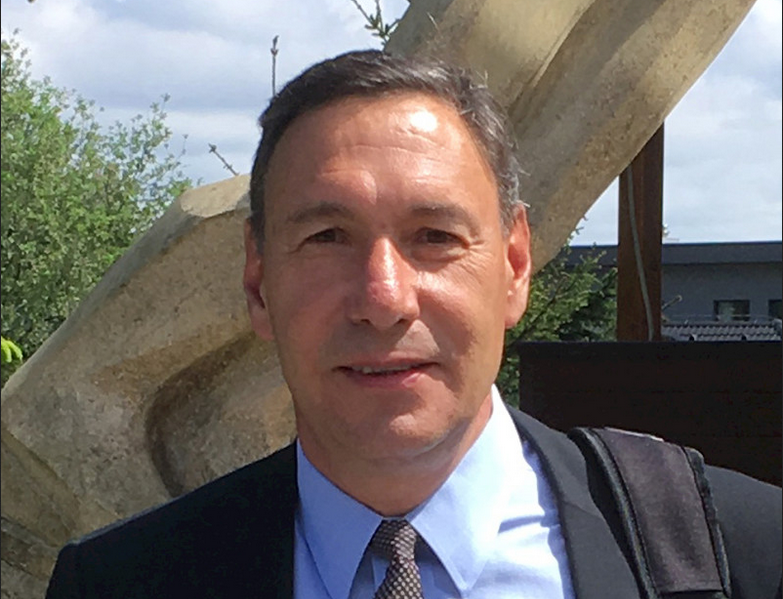China is no longer a copycat economy. By 2029, China’s GDP is expected to surpass United States’ GDP. China is expected to become the largest economy on the planet overtaking the United States, and there is a great unease at all levels, but particularly on the political level. According to Michael Power, strategist at Investec Asset Management, this change is coming and there is not much that can be done to stop what will materialize in the next ten years.
“What is happening now is that China is starting to use its immense brain. The volume of research and development that it is taking place in China means that China no longer needs to be a copycat economy. According to R&D Magazine projections for 2018, US R&D spending is expected to increase by 2.9% to 553 billion dollars, while China R&D spending is expected to increase by 6.7% to 475 billion dollars. Meanwhile, Asia collectively is close to spend half of the R&D budget of the world, spending 43.6% of global R&D,” said Michael Power.
“The big question that has been asked by Donald Trump is: Is China playing fair? Is it cheating its way to the top? Is it a giant game of corporate espionage what has allow China to almost catch up, and very soon, perhaps to overtake American economy? But there is nothing new here. It was the same way United States behaved towards Britain in the late XIX century. For over 100 years, the United States did whatever it was necessary to bring new ideas or people to the United States. The other thing to notice is that the problem with China has been that the rest of the world wants more from China that what China wants from the rest of the world. Back in 1784, in the very first trade mission that United States ever did to China carried things like ginseng, lead or woolen cloth, their real profit came on their return, when they brought Chinese tea and porcelain to the Americas. And this pattern still exists today,” he added.
Meanwhile, Trump protectionism is potentially endangering the entire structure above which US corporations have been built over the last 20 years, and that is a supply chain that is rooted in Asia. Supply chain are critically to the structure of big technological companies and Donald Trump is potentially rocking this structure with trade war disputes.
“Supply chains have the oldest logic of trade at their heart, which is buy low in Asia and sell high in the United States. Trade deficits essentially represent the revenue side of the story, but they miss the profit side. When you look at the revenue story, it is easy to see the imbalance and how it is going to affect to ‘Main Street America’. But ‘Wall Street America’ does look at the profit side and it is a completely different picture. The United States run a 14 billion dollar of current account surplus with the Eurozone and it also runs a 14 billion current account surplus with Canada. Of course, it does not run current account surpluses with Japan, China and Mexico and ultimately the reason for that is that US corporations have not created enough big markets in these three zones to counteract the trade deficit that it runs with those regions. Until it does, it will run collectively a large current account deficit.
In 2017, the US goods deficit with China was about 375.2 billion dollars, 55% of the goods imported by US from China were computers, electronics and electrical equipment. But more interestingly for me, is to have a look at where US has surpluses with China, and at the top six categories, only transportation equipment, on the second place, is remotely industrial. The other five categories being farm crops, oil and gas, waste and scrap, minerals and ores, and forestry products. The exports on transportation equipment are centered in the deal between Boeing and China, and I worry about this because the Chinese are setting up, with the help of Bombardier, their own aircraft industry centered in a company called Comac, which will soon release its challenge to both Airbus and Boeing in 2023, at which point the second item of account surplus for US could be in danger.”
Additionally, the program “Made in China 2025” is heavily investing in 10 sectors where China is hoping to become world leaders. They still intend to become leaders in these sectors, but they are not advertising the fact anymore. Another question that should be consider is that the inputs that United States gets from China are coming from companies that are not owned by Chinese companies, but from foreign companies. In particularly, if we talk about electronics, they are usually Taiwanese companies. The assumption is that Chinese owned companies are the ones exporting their goods to the US but that is not strictly true.
An alternative explanation
China has always been blamed by Trump’s administration as being at the root cause of the problems of US’s economy. But, could the real culprit be closer to home? The big technological companies have been extracting profits from global revenues and managing them in a very tax-efficient manner, facilitating domestic buy-backs to extract wealth. “Ireland plays a key role in engineering tax arbitration for big technological companies. All the iPhones coming out of Shenzhen that are not sold in United States, are sold to a company on Ireland. And then this company sells them to its final destination, anywhere in the world. This company in Ireland pays about 370 dollars per unit from Foxconn for an iPhone, and then they sell it for 1,200 dollars in average in Europe, the uplift is close to 800 dollars. Only 0.7% of that uplift is paid in taxes in the European countries, the rest is declared as profit in the form of intellectual property back to the United States. This is a problem that Europeans have already addressed recently, that is in the heart of how Apple has become spectacularly profitable, 99.3% of its margin is declared as profit. There is this giant shell game that technological have been playing for a while and people are beginning to understand now. Combined, corporations in the United States have 2.1 trillion dollars in cash, and 45% of it belongs to big technological companies. Additionally, about a 62% of those 2.1 trillion dollars is held offshore, 1.3 trillion dollars in cash are held overseas. As of the end of June, Apple had 285.1 billion in cash overseas. Additionally, the ten top holders of cash are new economy companies: Microsoft, Alphabet, Cisco Systems, Oracle, AT&T, Amgen, Qualcomm, Gilead Science and Amazon,” explained Power.
“The Big Tech use this cash offshore to show better consolidated balance sheets, so the banks are happy to lend them, at least in the United States, where they borrow huge amounts of money. For example, Apple is borrowing domestically a 43% of its offshore cash pile. Then, they use that debt to buy-back shares, but because the debt is based in the United States, they can claim interest deduction on that debt, and on that part shield a good portion of US profits. The result is that we have seen buy-backs ballooned since 2009, and this has been a big underpin of the performance of the S&P 500. In fact, since 2011, US corporation’s debt has risen fastest than cash. Buy-backs have been so critical to performance of equity markets that the only buyers in first half of 2018 have been companies of United States. Everybody else have been a net seller. The result is that stocks have risen, and the United States equity market represents more than 50% of the MSCI All Country World Index. Due to share buy-backs, the number of shares in issue has been reduced and earnings per share have grown. However, if the culprit behind the last financial crisis was home equity withdrawal, will the culprit behind the next crisis corporate equity withdrawal? As Jack Ma, Ali Baba’s CEO, questioned at the World Economic Forum: Has China grown mostly on revenue and the US on profit? The point to understand is that revenue is shared within a very vast amount of people, whereas profit will just be shared among the 1%, and it helps explain, but not entirely why there has been increasing concentration of wealth and an increasing growth of inequality in the United States,” he concluded.







